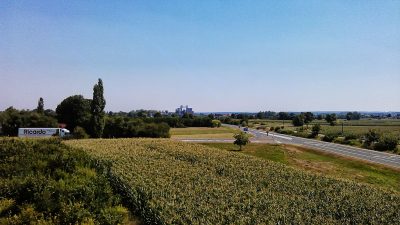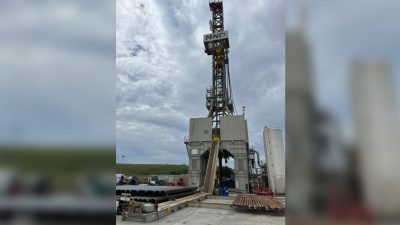San Francisco Geothermal Innovation & Investment part 3
Notes from the San Francisco Geothermal Innovation & Investment Conference, March 24-25, 2009
Continuation of my notes of this conference in San Francisco.
The day started with Curt Robinson, the Executive of the Geothermal Resources Council (GRC) summing up day 1 of the conference. He talked about that today 23 countries in the world have geothermal generation capacity installed, with 15 additional countries currently developing geothermal power projects and 14 countries seriously looking into doing so. As part of the key take aways he also mentioned the stewardship towards social and environmental responsibility, a point raised in the Ormat presentation and following discussions. The key markets to watch for geothermal development today are: Chile, Eastern Africa, Canada, Caribbean, Russia, New Zealand and Turkey. Additional markets with potential are Hungary, China, India, Australia and Germany. Countries to invest are New Zealand, Chile, Turkey and other countries in the Western world.
Major developers’ insights into current challenges and opportunities: This session saw the current major developers in the U.S. presenting their operations and views on the current market situation.
Andrea Zaradic, VP for Corp. Development from Magma Energy US Corp. gave an introduction into the company. With ambitous plans to become the “pre-eminent geothermal company in the world”, Magma bought the operating geothermal power plant at Soda Lake in Nevada (8 MW in operation, nameplate capacity 23 MW). Here the company plans to expand operations. Apart from various other projects in the Western U.s., the company also has projects in Nicaragua, Chile, Argentina and Peru.
Doug Glaspy, COO of US Geothermal gave an overview on his company and views. He talked about issues he believes are burning for the industry, e.g. necessary cost-sharing efforts for drilling, not enough of capable staff, the need for speadier drilling (as drilling is paid for by drilling days). He also made the point of how important efficiency gains for plant operation and design are, as they possible determine if you can come by with less wells, so a long term energy plan is necessary. Financially the equity requirements for debt financing going beyond 40% are also very tough to come by. Furthermore he referred to DOE’s loan program and said it would be extremely important for the process to be fast.
The following speaker was Hezy Ram of Ram Power, formerly Ex. VP for business development with Ormat Technologies provided an interesting insight for investors in the space. As part of his “10 does and don’ts” for investors, he talked about realistic IRR expectations and 12-20% are good, residual value of a project is about 75% of the value of a 25 year PPA. Regarding technological development there won´t be any revolution in geothermal, at the most an evaluation of existing technologies, so investors have to be careful when be approached with the “next hot technology”. Any capital committed should have strings attached, and Hezy mentioned as examples clear milestone benchmarks, and careful monitoring, this particularly applies because as soon as drilling starts, money starts to fly out. Getting to know the potential partner is also essentional, one needs to spend time with the partner, e.g. developer and his team, they are – as he puts it – the key to “spectacular success or failure.” The most important resources in development are human, geothermal and capital resources.
Brian Fairbanks, President and CEO of Nevada Geothermal Power was next in this line up. He talked about the company’s Blue Mountain project and showed numberous pictures of the progress installing the Ormat unit on site. The company also released a statement (posted yesterday) on having finished the drilling with 6 wells completed. Blue Mountain’s Faulkner I plant will have a gross installed capacity of 49.5 MW. He also gave a good insight into expenses to get that far. Geochemistry, geology, geophysics and permitting costed about US$ 2.5 million. Temperature gradient drilling, slim-holes, costed about US$ 2.5 million. Production test wells costed between US$ 3 and 6 million (times 2). So the company looked at a cost of US$ 15+ million to reach the feasibility stage. This is high risk upfront equity that is required. Tax support, cost-sharing and loan guarantees are then also important elements. Last but not least PTC and ITCs are also essential. A point he also made were his concers regarding the investment tax credits, as they currently cover only tangible elements, e.g. pipelines, transmission lines, well field etc.), but not intangibles, e.g. advisory work etc that can be up to 40% of the cost for certain elements. So Nevada Geothermal Power sees it as of utmost importance that the ITC needs to include tangible AND intangible elements, supposedly that is currently considered by the legislation. At last he talked about BLM’s competitive bidding process, which he and the company are critical.
In the next part of the conference notes I will continue with the presentation of Gary Thompson of Sierra Geothermal Power as part of this “developer session”.











